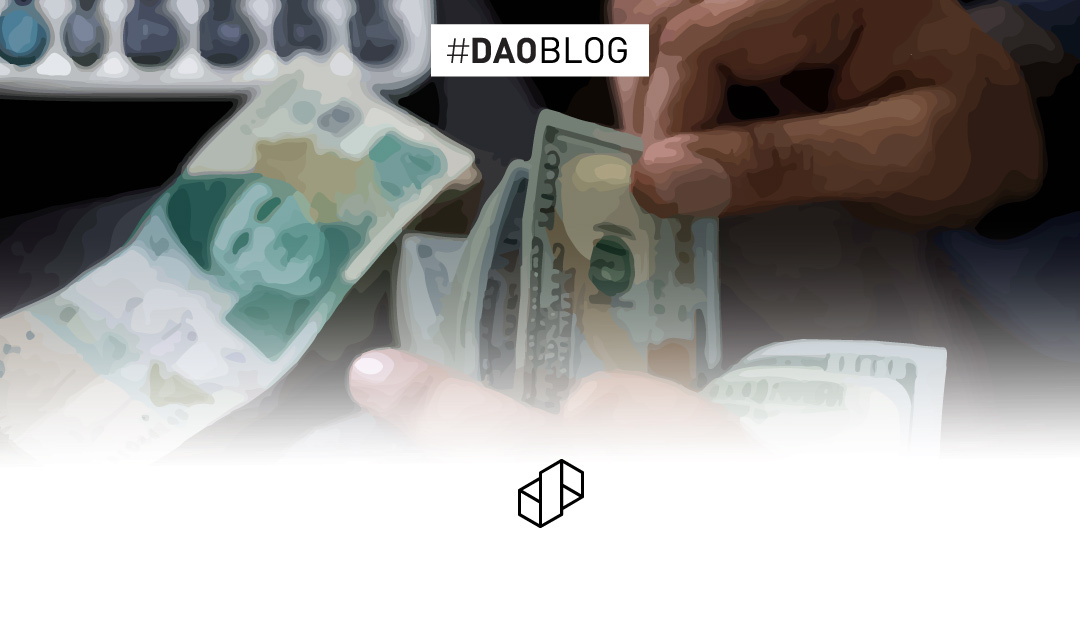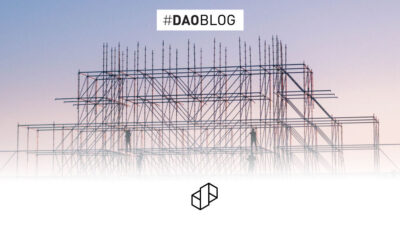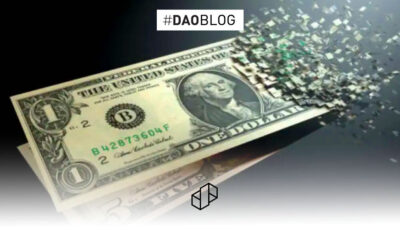The global economy is regressing, and with the political turmoil that Pakistan faces today, the citizens of this proud nation are faced with dire consequences. Since Pakistan relies heavily on imports of raw materials for the industry, consumer goods, and capital goods, the effects of the oncoming economic downturn are unfolding day by day.
Consequently, high inflation has created a hostile environment for businesses and consumers alike. In order to survive this period of uncertainty and high cost, companies have no choice but to make layoffs or exit the industry entirely, further fueling the employment crisis.
This article is not aimed at causing you distress but instead helping you understand the impact of inflation on you, its causes, and the best hedge against inflation to safeguard your wealth.
What is inflation?
Inflation is the rate of increase in prices over a given period. Inflation is typically a broad measure, such as the overall price increase or the cost of living in a country.
Inflation in Pakistan
In July 2022, Pakistan’s Annual Rate of Inflation was 24.9%. This means that if you had PKR 1 million in balance, it’s worth only PKR 750,000 now. While the Sensitive Price Indicator, a measure of inflation in essential commodities, rose to 37.7%, according to the PBS report on 28 July 2022. This may signify a loss of more than PKR 250K.
Different causes of inflation?
Demand-pull Inflation
This is when the demand for certain goods and services exceeds the economy’s ability to meet those demands. Demand-pull inflation is relatively common in growing and overheated economies.
Cost-push Inflation
This is the increase in prices when the cost of wages and materials goes up. When it costs manufacturers more to supply a particular good or service, they will either shift the additional cost to the consumers or exit the market due to low profits/losses. In either case, the prices go up due to a mismatch between the supply and demand.
Increase in money supply
Inflation due to money supply happens when the printing of new money increases faster than the rate of production. This concept can be explained with a simple example. Assume that the economy only produces apples, and the annual production of these apples is 1,000 units. The money circulating in the economy is 10,000 PKR, and the price per apple is 10 PKR. As more money is printed, taking the money supply to 20,000 PKR, the cost of each apple doubles to 20 PKR without any real change in the quality or quantity of apples.
[Author’s view]: Increase in money supply is a pivotal factor in the adverse monetary situation being faced by Pakistan today. Looking at the historical data, Pakistan’s money supply (M2 on avg.) has increased by 14% year on year. Today, Pakistan’s money supply (M2) is estimated to be PKR 26,000 BILLION. At this rate, by 2040, this may well reach PKR 280,000 BILLION.
Devaluation
A downward adjustment in a country’s exchange rate, resulting in lower values for a country’s currency, will cause inflation as imports become more expensive. This primarily impacts the countries that are heavily reliant on imports. For example, Pakistan imported $1.92B in Crude Petroleum in 2020. A simple devaluation of currency increases the import bill, although the quantity remains the same.
The Pakistani economy relies heavily on imports for industrial raw materials, capital goods, and consumer goods. Such reliance also causes imported inflation, where the increased prices of goods in the global market directly cause inflation at home.
How to safeguard your investments in such times?
Traditionally, gold was seen as an asset with real value, but now the industrial use of gold is limited. Today, asset markets have a growth rate higher than inflation over extended periods, with developmental real estate offering min. 30% year-on-year growth.
Perishable assets are either consumed or cannot serve as a medium to save since they lose value over time. Investment in stocks and shares depends on the business’s performance in these times and how well they hedge against inflation.
In the long run, non-perishable assets that hold real value are the best hedge against inflation. The use-case drives the real value, and a strong use-case ensures long-term inherent value.
Simply put, when inflation is on the rise, so is the cost of production for assets of real value: result, a contracted supply pushing up the rents and capital gains.
DAO PropTech’s model vs Inflation
DAO PropTech’s model allows people to start hedging their savings against inflation one square foot at a time. DAO PropTech offers a range of developmental real estate investment options catering to all kinds of risk appetites. Although regardless of the risk appetite, the least gain you get from your investment will always be higher than the inflation rate in the long run.
So, start your journey to financial freedom with daoproptech.com. Invest in scientifically priced and institutionally qualified real estate with complete trust and transparency.
To read more blogs, visit our blogs page here.

Ahmad Mahmood Chouhan
Communications and Activations Specialist





0 Comments